|
After the coldest January in Britain for a decade, February continued the trend with the most biting spell of the winter. It was hyped as the 'Beast from the East 2', but in reality only amounted to a bit of good old-fashioned cold winter weather. Easterly gales and freezing temperatures, in conjunction with a covering of snow, are classic conditions for generating significant displacements of birds. And, being so close to The Wash, the Peterborough area tends to profit from such spells. In the first week of the month, Woodcock were arriving on the coast in their droves and there were signs that waders were starting to feel the freeze, with coastal scarcities appearing inland. BLGP profited on 8-9th when a Knot appeared, spending a couple of days around the Wader Pit with the wintering Redshank flock before the coldest night of the winter froze the pits solid and forced it to move on. Meanwhile, swan counting south-east of Deeping St Nicholas in sub-zero temperatures on 11th produced two fly-by Turnstones and a calling Curlew! Deeping High Bank is often at the forefront of cold-weather birding in the local area, and Mike Weedon was on hand to discover a Red-throated Diver on the River Welland north-east of Crowland water tower on 12th. I was out counting Bewick's Swans nearby, so was very happy for a short detour up to the bank to see it – my third in the local area. The diver proved the first of three great birds in the Deepings area that day, with a Red-necked Grebe discovered at Maxey Pits. Remarkably, it was favouring the exact same pit as a bird two winters previous – you have to wonder if it could be the same individual. The third in that excellent run of coastal scarcities was a juvenile European Shag, again picked up by Mike Weedon along Deeping High Bank. It's been a while since I've seen one of these locally, and at times it was favouring the same stretch of river as the diver. It was almost dark by the time I saw it on the evening of 12th, but I had some nice views in better light a couple of days later. With many of the waterbodies starting to freeze over, I decided to cycle to Tallington on the morning of Saturday 13th. This proved a sound decision, as on my third scan a female Ring-necked Duck popped up as I panned through the Tufted Duck flock by the island on the main pit! It was bitterly cold in the easterly gale and views weren't exactly fantastic, but a return visit the following morning produced slightly better opportunities for some record shots. It was great to see it alongside long-staying Greater Scaup, which is now looking quite pristine. Later that day, I went to feed the gulls at Fitzwilliam Bridge. It was still bracingly cold and two Iceland Gulls were present on the partially frozen Stanground Wash as I arrived. I threw some bread out and unwittingly flushed a duck off the river bank as I did so. It jumped into the water and started swimming away from me and off downstream. Raising my bins, I was slightly taken aback to see that it was a female Red-breasted Merganser – a genuinely scarce bird in these parts nowadays and the first I have seen around here for several years. Although it was wary of me, it was tame enough to allow me to creep into position to take a few decent record shots in the fading late afternoon light. That was the end to a really exciting couple of days' birding in the local area. Bear in mind that, despite our close proximity to The Wash, each of the birds above is barely annual in and around Peterborough, so to receive such a bountiful delivery off the cold snap was very welcome. The swans, meanwhile, had also bulked up in number in early February. The Deepings area has recently had more than 500 Whoopers – an unprecedented count for around here – while Bewick's have also enjoyed their best showing for a decade. 'My' regular flock near Tongue End climbed to 20 birds, all adults, during the cold weather, although subsequent milder conditions and south-westerlies seem to have thinned them out again. Meanwhile, I counted at least 13 Bewick's, including three family parties, among a huge group of Whoopers to the south-east of Deeping St Nicholas on 11th. While freezing temperatures can make the birding all very exciting locally, it's easy to forget just how serious such weather can be for the birds themselves. Behaviour changes so much as birds become hungrier and more desperate. These scarce coastal visitors, thrilling though they are, are often driven inland through exhaustion and desperation. This was sadly exemplified by the Red-throated Diver, which seemed bothered by a problem with its left leg that got worse as the days passed, to the point it was close to exhaustion by the time the weather improved. Temperatures have rebounded quickly after the cold first half to February, and there's no doubt that spring is just around the corner. Hopefully it will be just as profitable as the past couple of weeks!
0 Comments
In birding terms, the only thing I miss about London is the Thames and its gulls. Regular readers of my blog will know that it is usually stuffed with gull photos and often little else. In terms of setup (read Dante and my article on Thames gulling here), it's hard to imagine a better place for regular views and photos of Caspian and Yellow-legged Gulls at point-blank range, with a number of ideally positioned sites from which to look.
Peterborough birding is undoubtedly more varied than London. Its diverse habitats mean plenty of opportunities throughout the year. It's also still 'fortunate' to have a working landfill site at Tanholt, which draws in good numbers of gulls. Yet Peterborough gulling has never been easy. Skittish and unpredictable birds, plus difficult-to-view loafing areas (both pits and fields), makes it frustratingly hit and miss. There are some good days, but these are outweighed by the bad! You never really feel like you've managed to look through all the birds, and viewing is often at distance, through fences, hedges and so on. What Peterborough lacks, or so I thought, was an 'easy' place where you could throw bread and get the birds in nice and close.
A couple of weeks ago, one of the Iceland Gulls started getting seen at Flag Fen sewage works. Shortly after, up to two birds (both seen initially at Tanholt at the end of December) became semi-regular features at the currently flooded Stanground Wash. Since then I'd been vowing to go down and chuck some bread in the River Nene there, to see what happened. Fitzwilliam Bridge seemed to be the obvious place to do it, being close to the birds' loafing area on the wash and within a km or so of the sewage works and nearby Fengate, where gulls feed at a recycling centre. I'll be honest, I wasn't too confident of it working effectively – but it did.
The effect was a familiar one. As soon as the Black-headed Gulls got involved and started making a racket, which took a little time, in came the large. It was amazing to watch from how far they were coming from, and from all directions. On Sunday (31 Jan), 200 or more Herring Gulls were attracted during the time I spent there. Unsurprisingly, there were fewer large gulls on Monday (1 Feb), but on both visits Iceland Gulls came in to the melee. The second-winter showed particularly well on Sunday:
Extraordinarily, Will Bowell and I had all three local Iceland Gulls together on the same spit on Stanground Wash on Sunday afternoon. With thousands of gulls locally, feeding across several sites, what are the chances of that happening? Amazing stuff.
There were also some nice argentatus Herring Gulls in the mix on Sunday. Sometimes they are so distinctive that they really feel like a different species to the local birds, being much more Glaucous-like in many respects.
Lesser Black-backed Gulls are also starting to arrive back locally now after a few months away, and this crisp first-winter couldn't resist coming in for a munch.
On Monday I returned, hoping one of the juveniles might be lured in by a few 'freebies' launched into the Nene. There weren't any gulls when I arrived, but a quick chuck of some sliced wholemeal and the second-winter appeared, quickly followed by the darker juvenile. Both tried their luck with the offerings that weren't gobbled up by a ravenous congregation of Canada Geese below the bridge. Unreal!
All in all, this has been a real revelation! Although conditions are undoubtedly helping at present, with the adjacent Stanground Wash in total flood and the river level high, it feels like it could be a decent place for regular winter bread chucking, and my longing for the Thames gulls might finally be quashed for good. I can't imagine it'll be much good in summer, when the floods are fields and the river is low, but we'll have to wait and see on that front. For now, though, I'll enjoy every moment that the Icelands are around.
|
This pageThe musings of a wildlife enthusiast, usually armed with his camera. Archives
May 2024
|
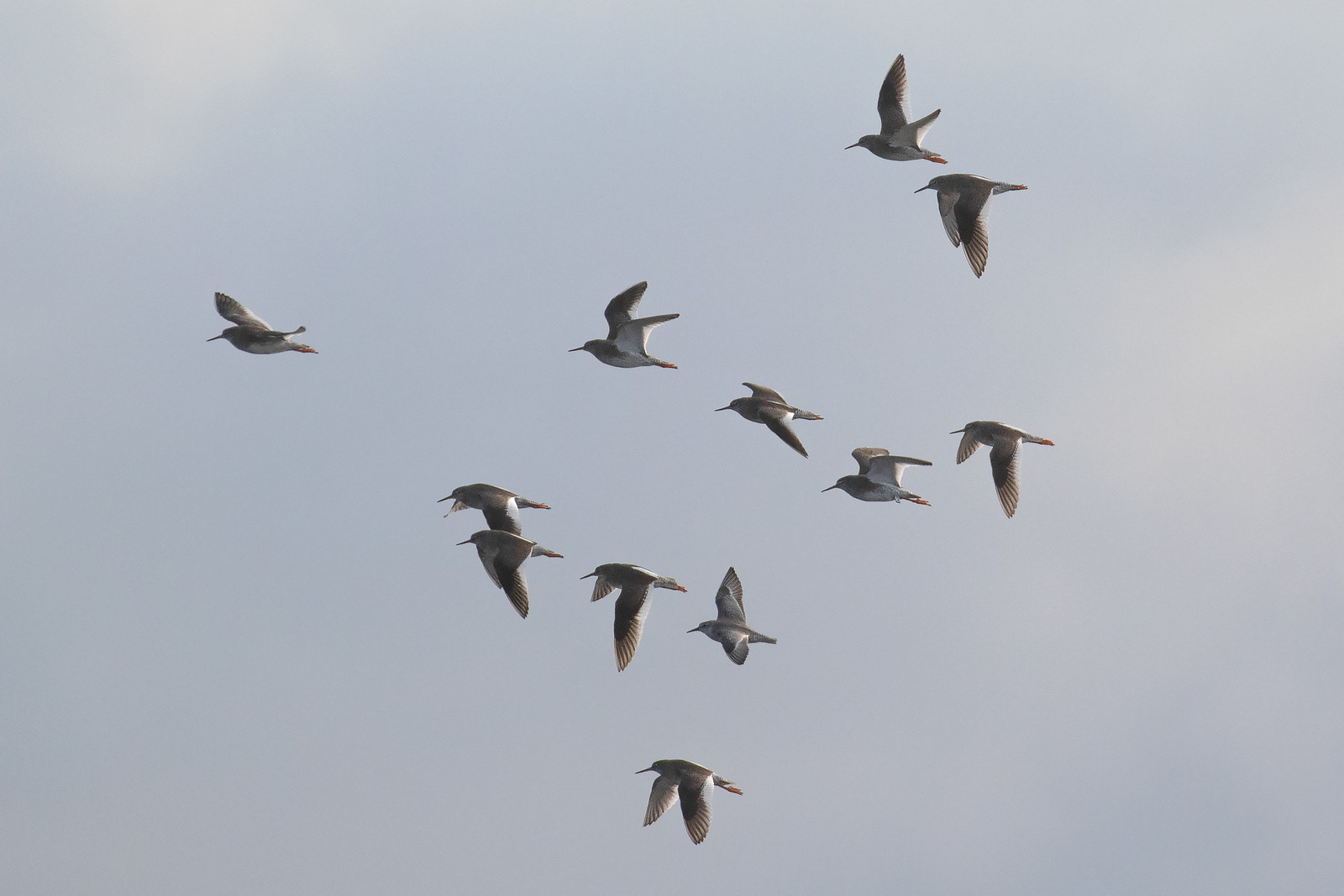
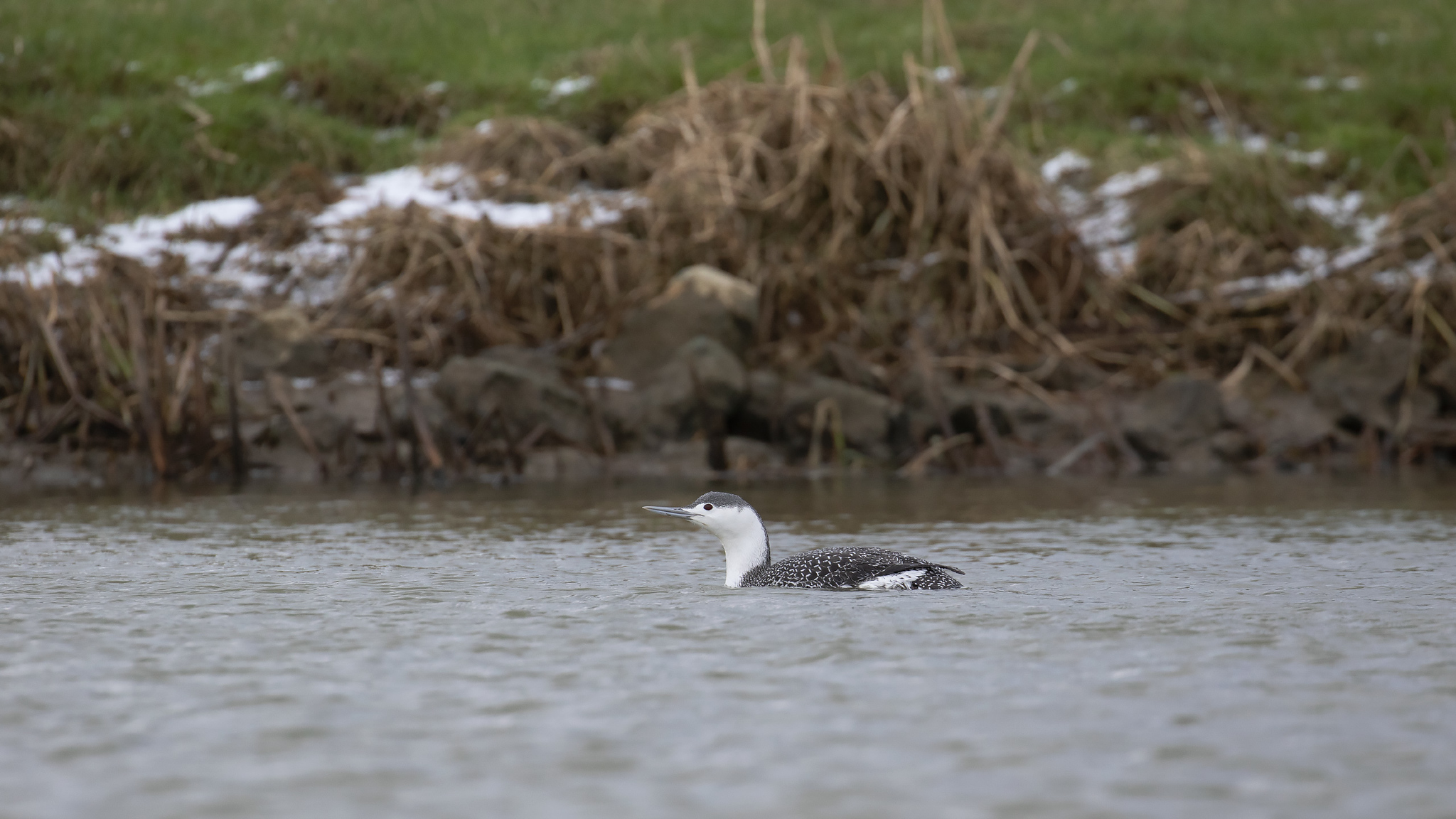
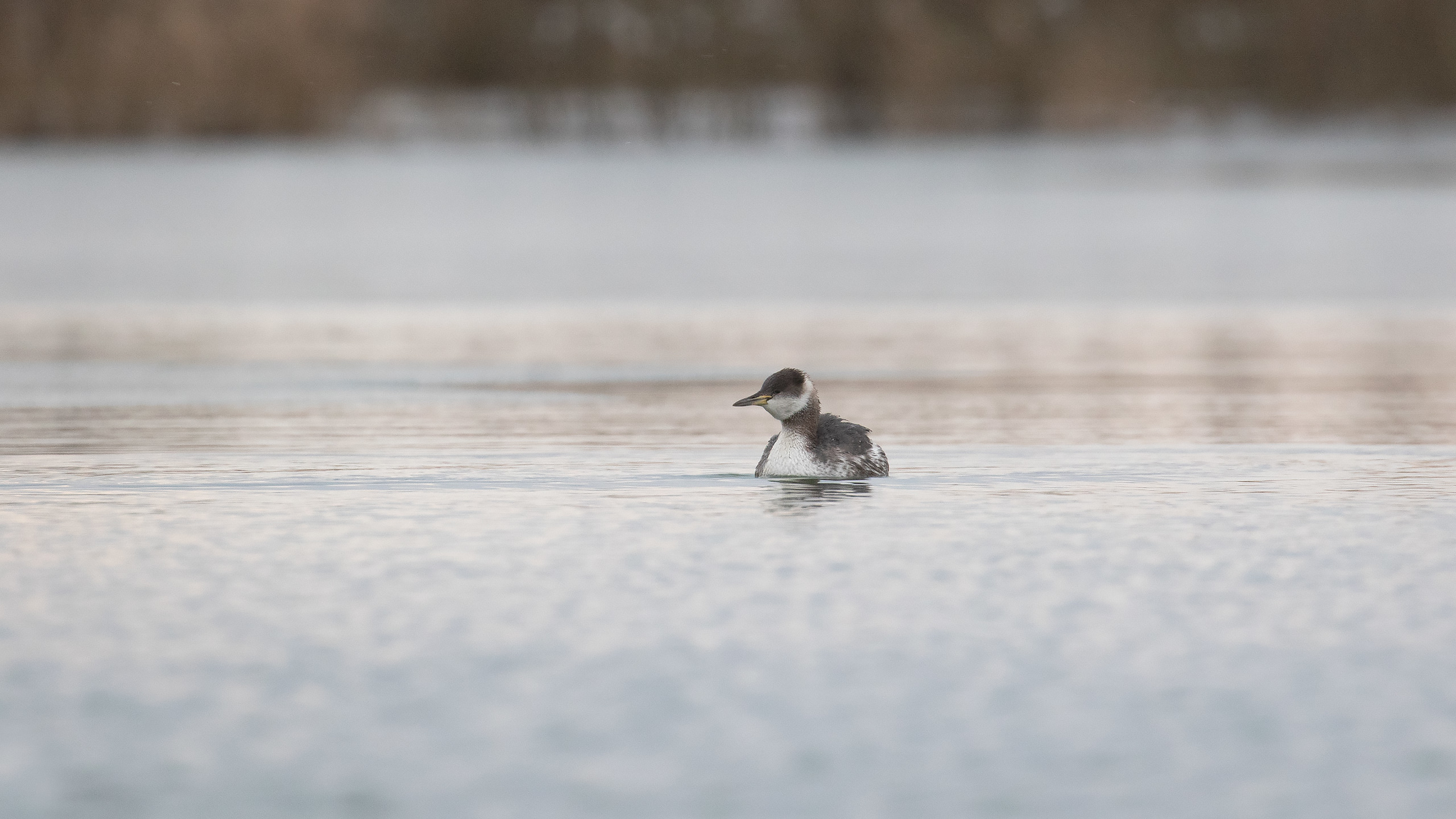
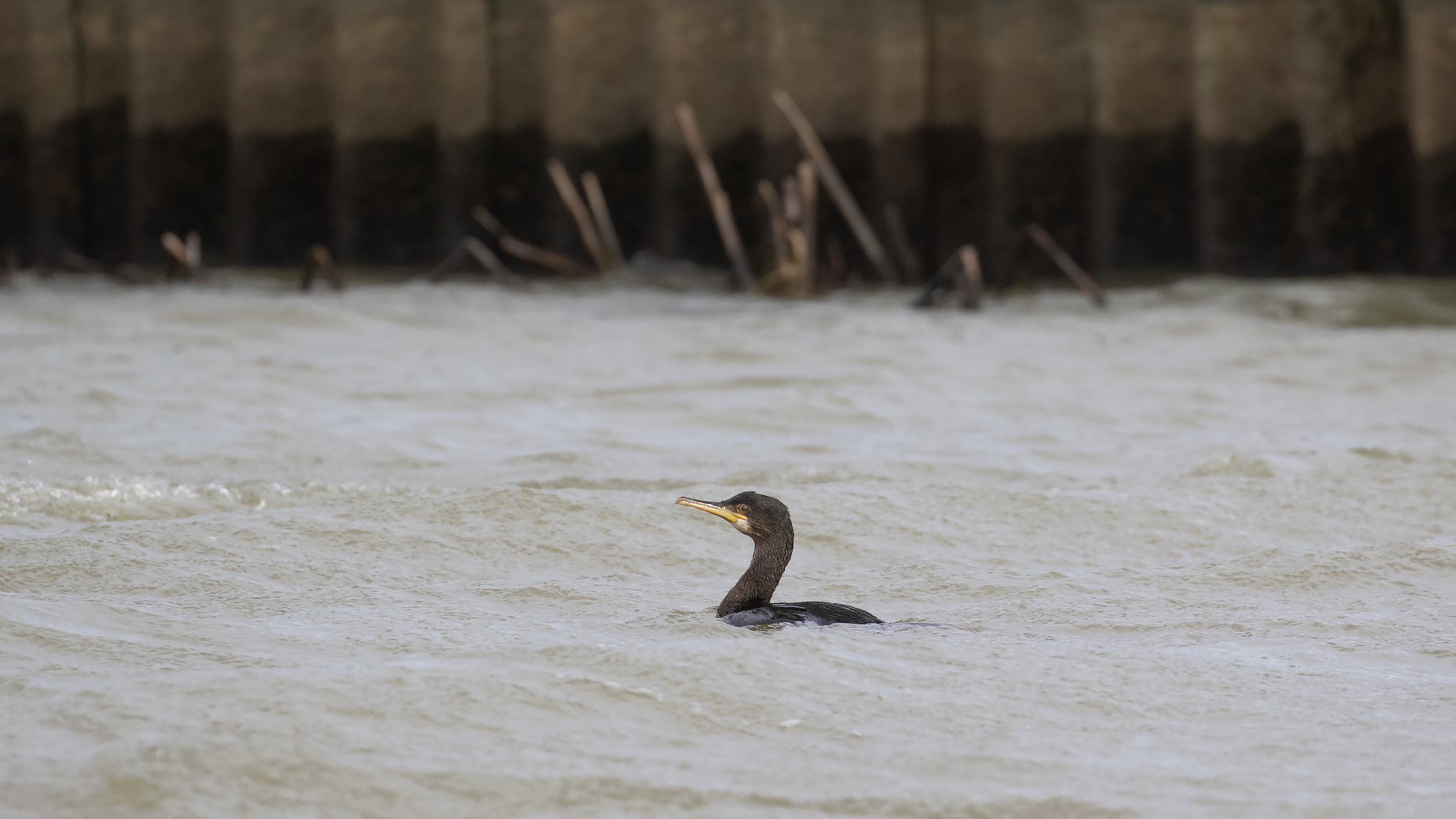
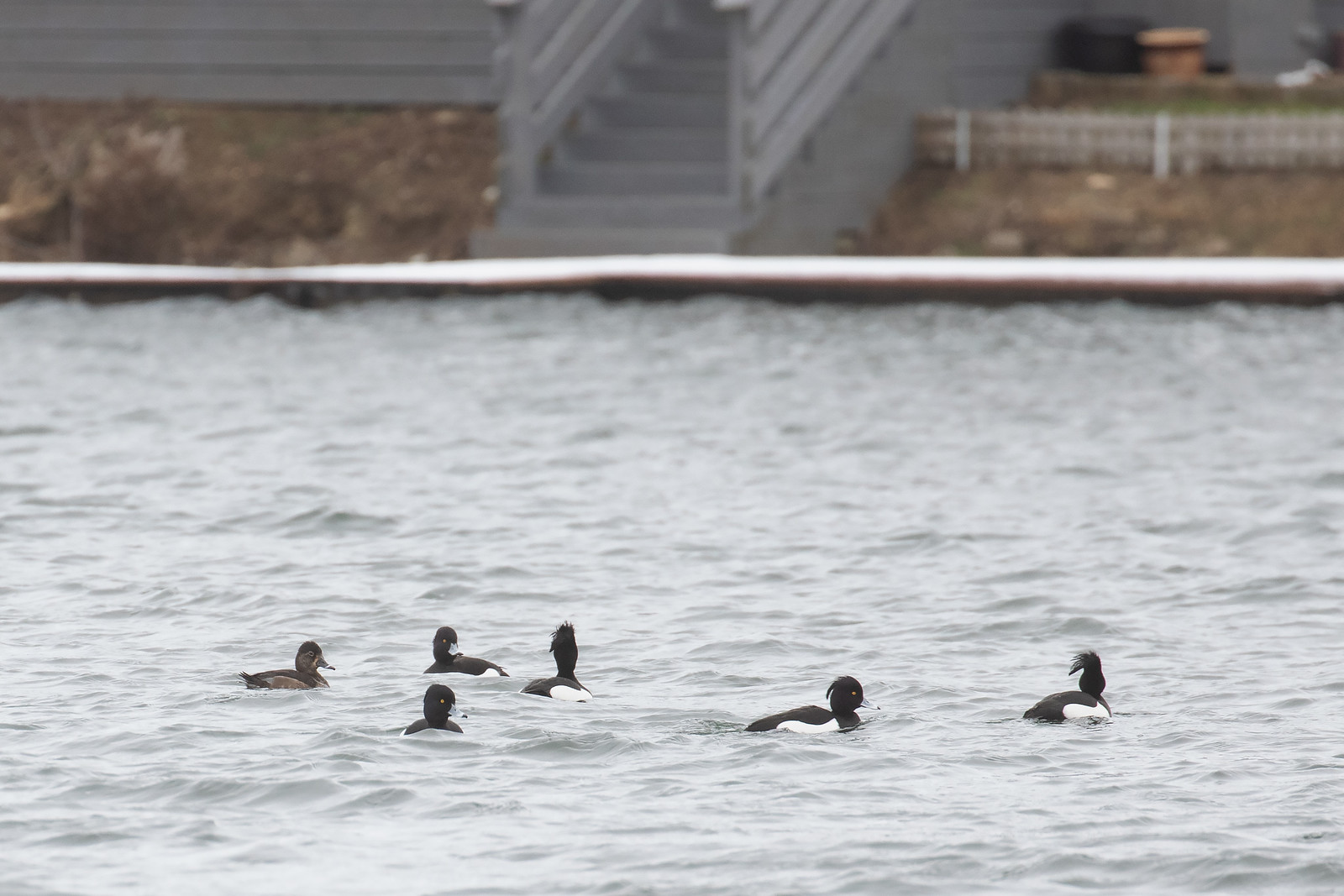
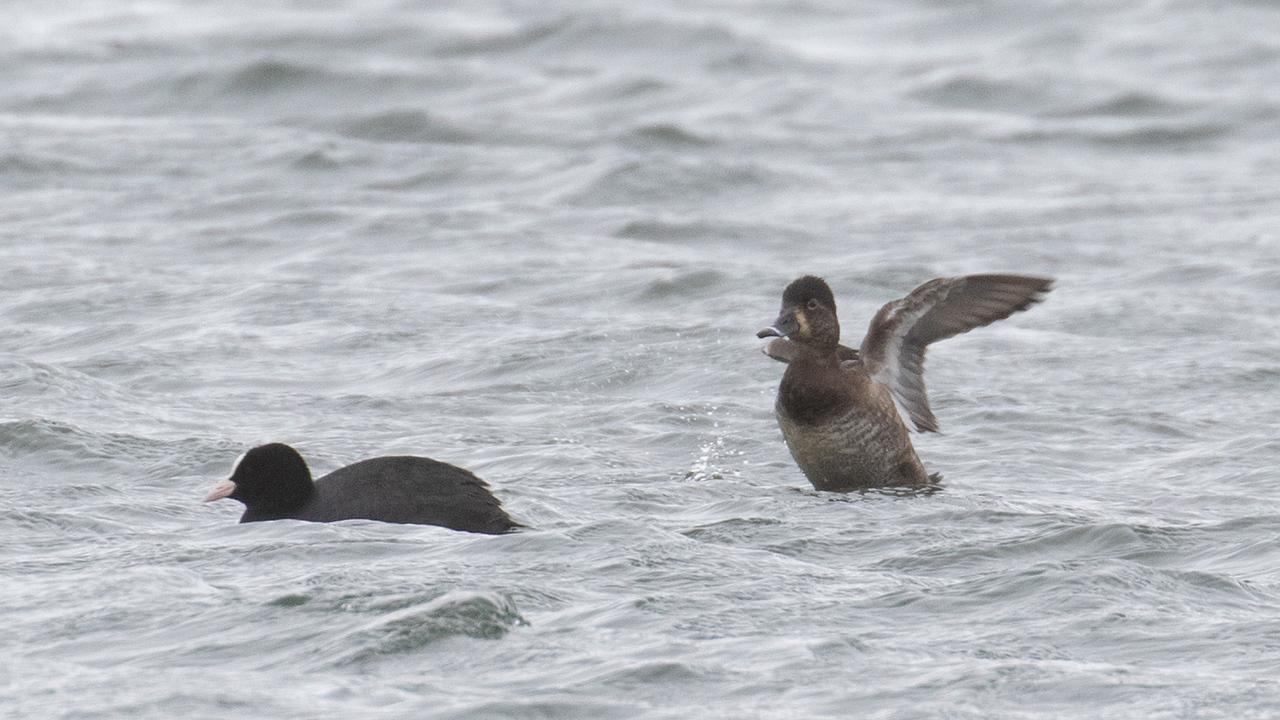
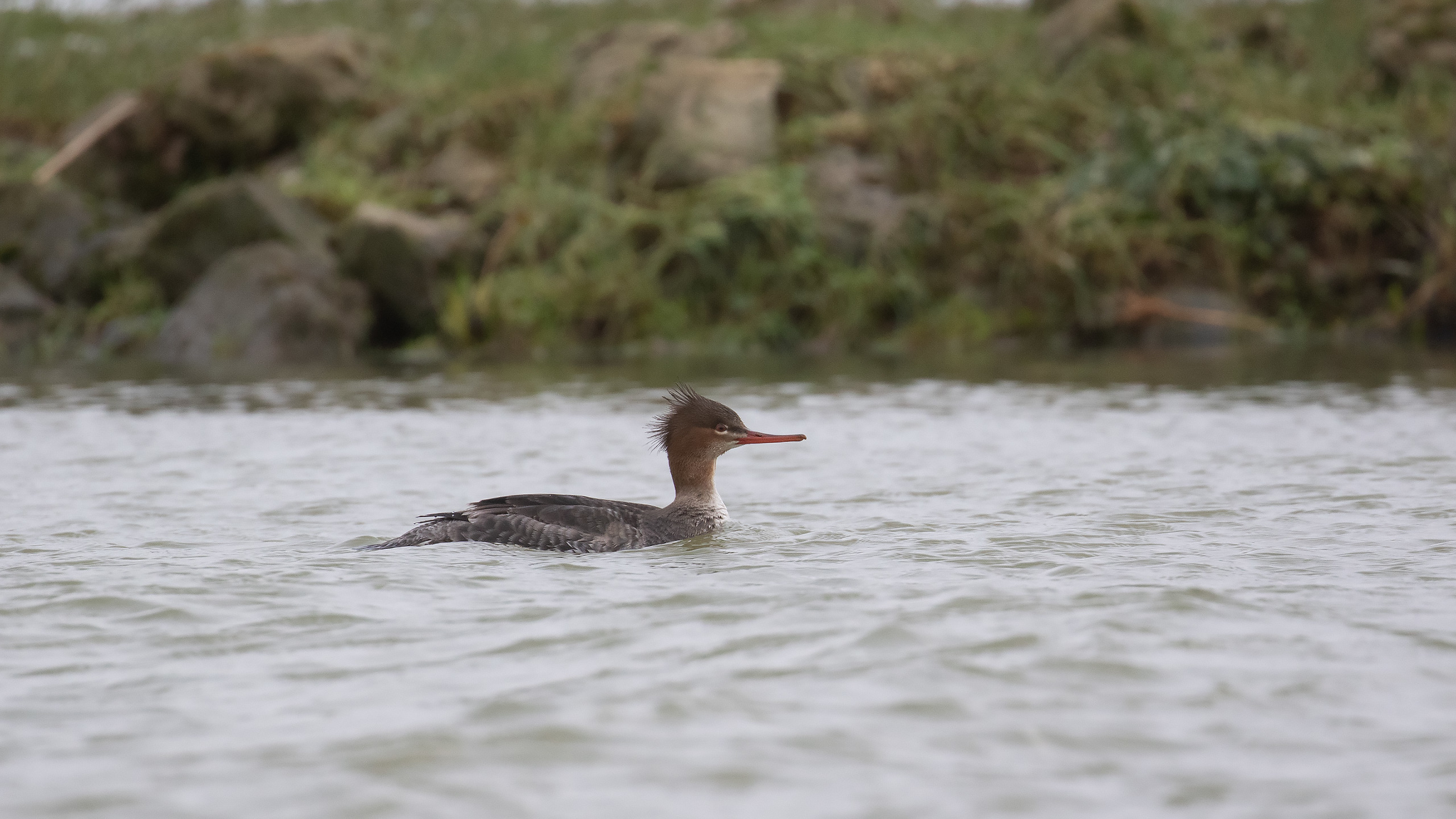
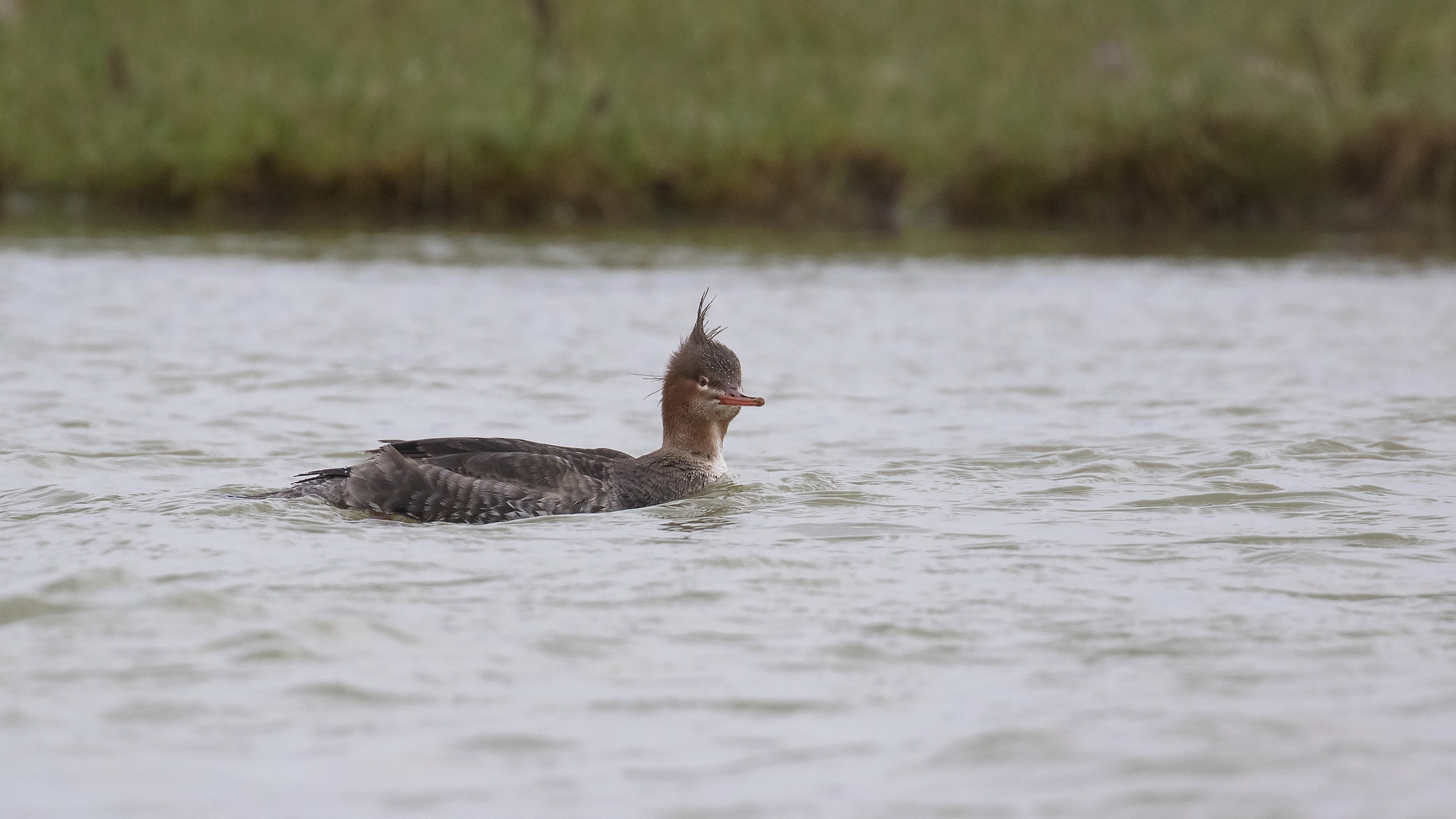
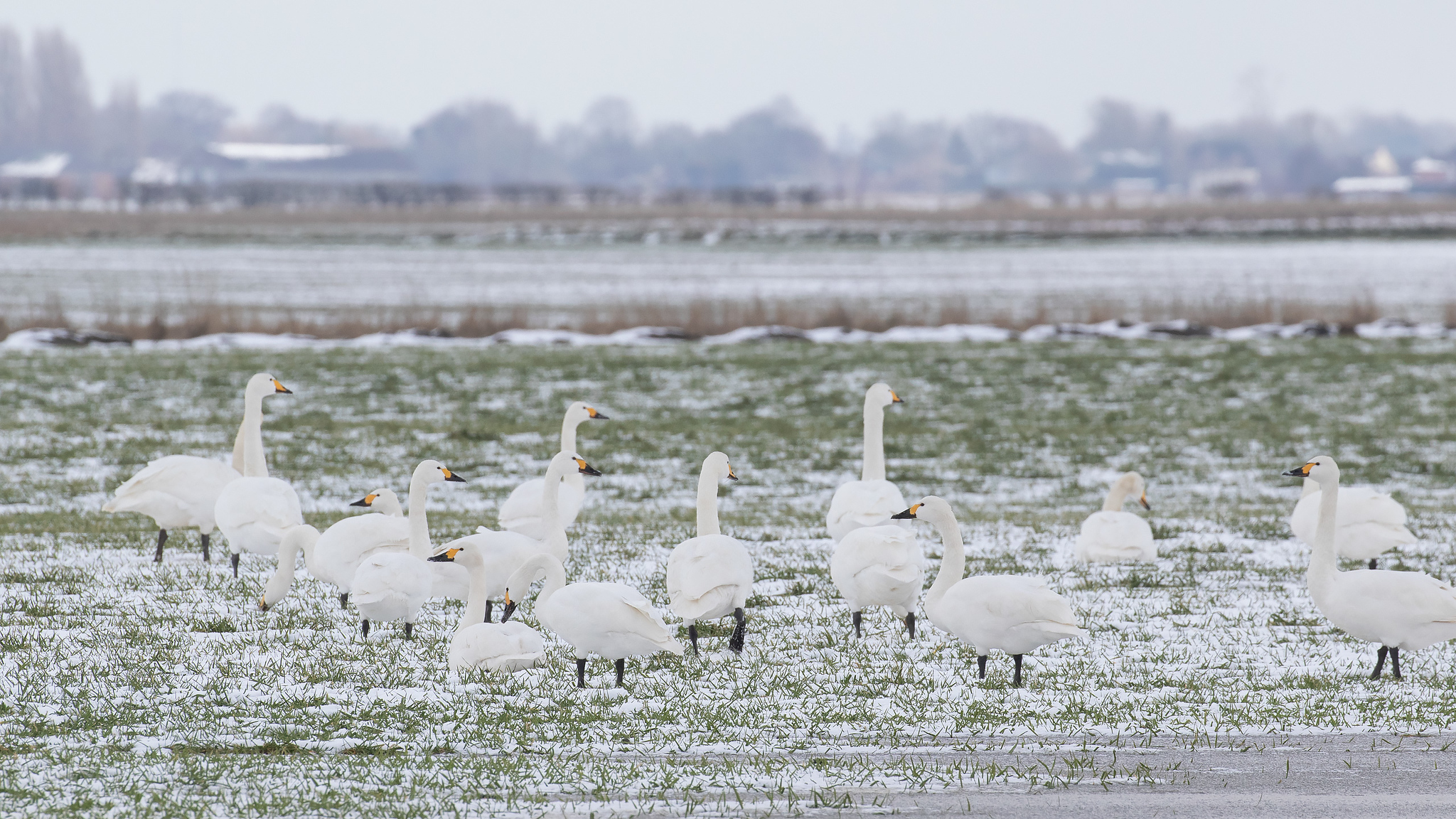
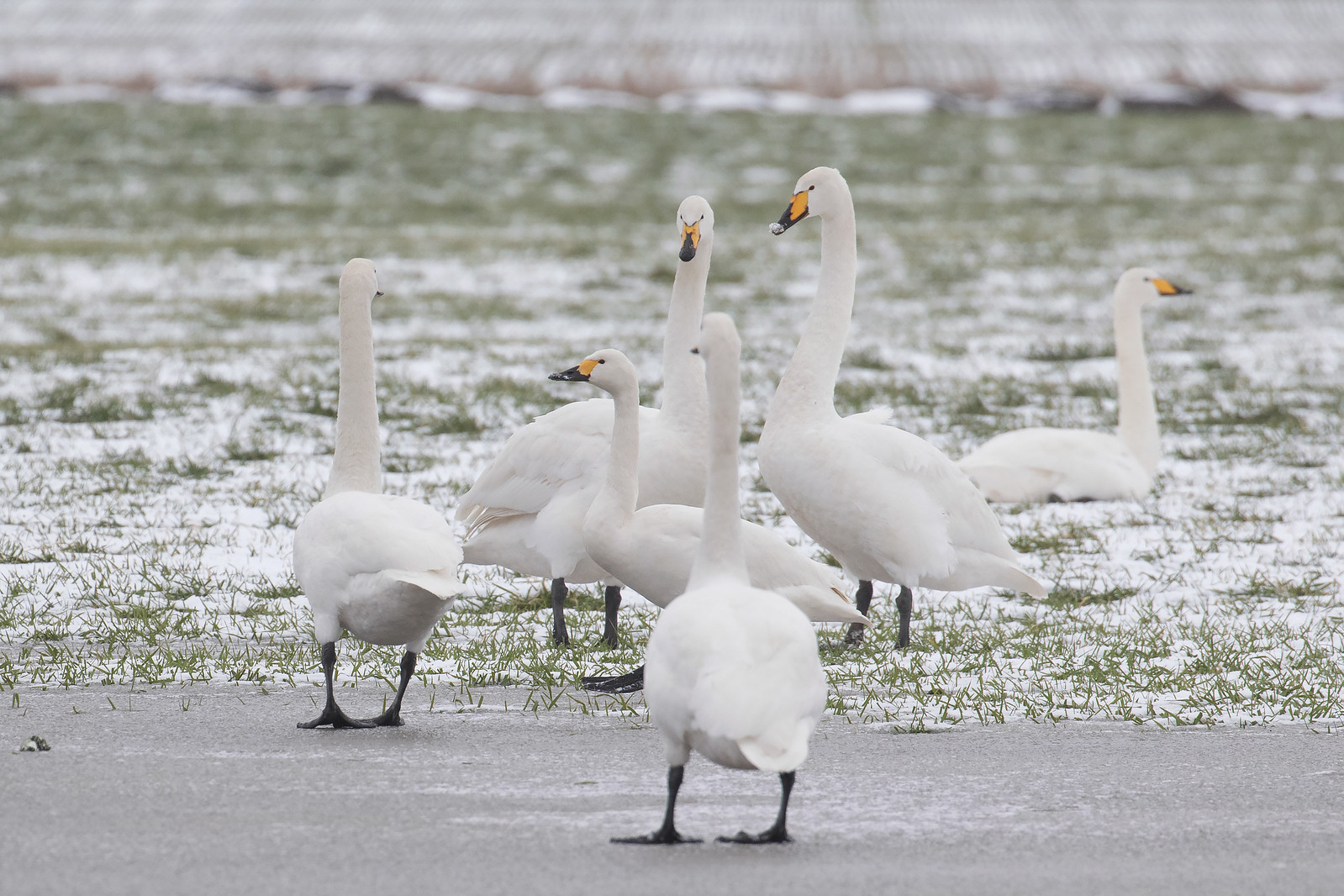
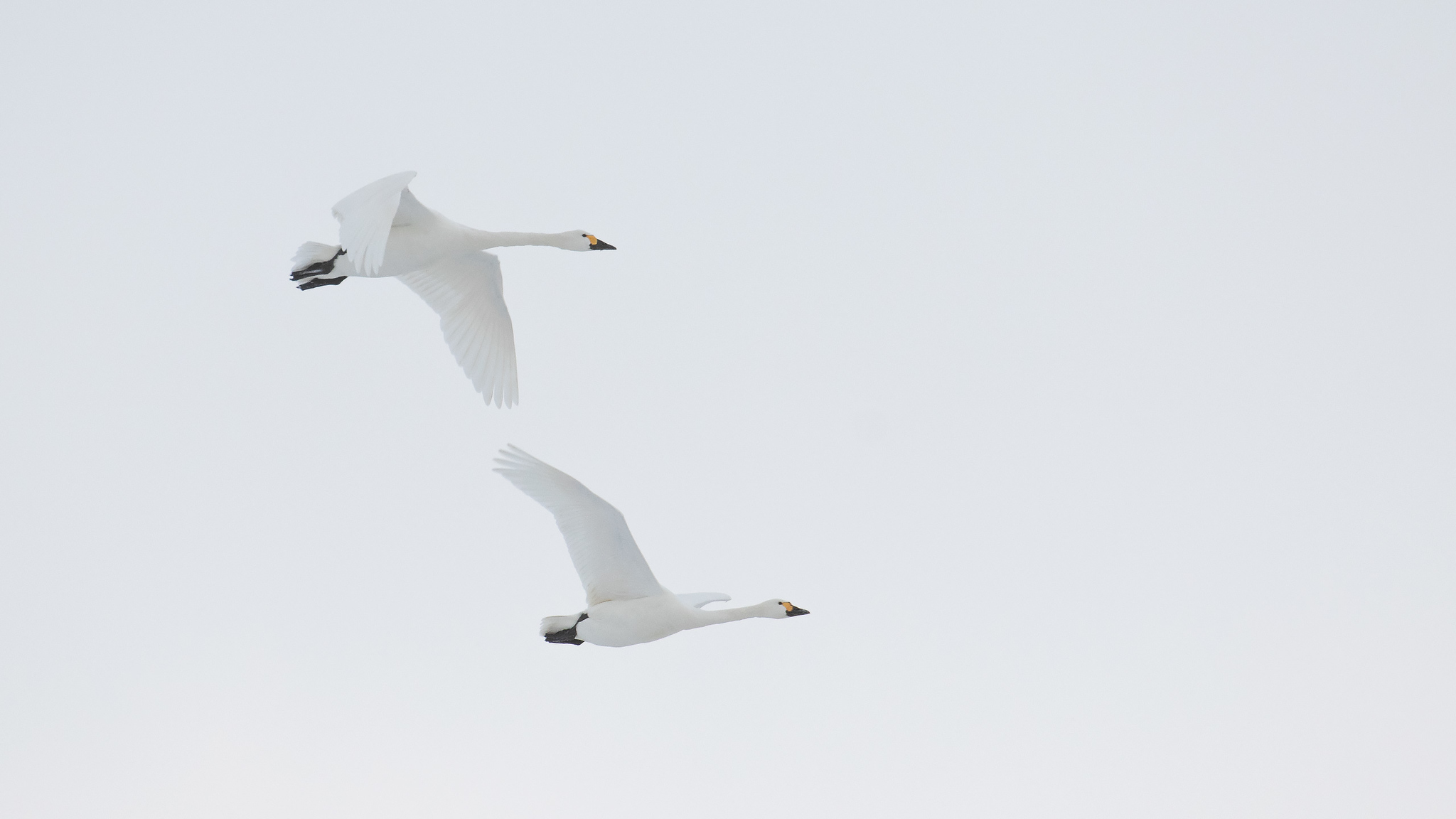
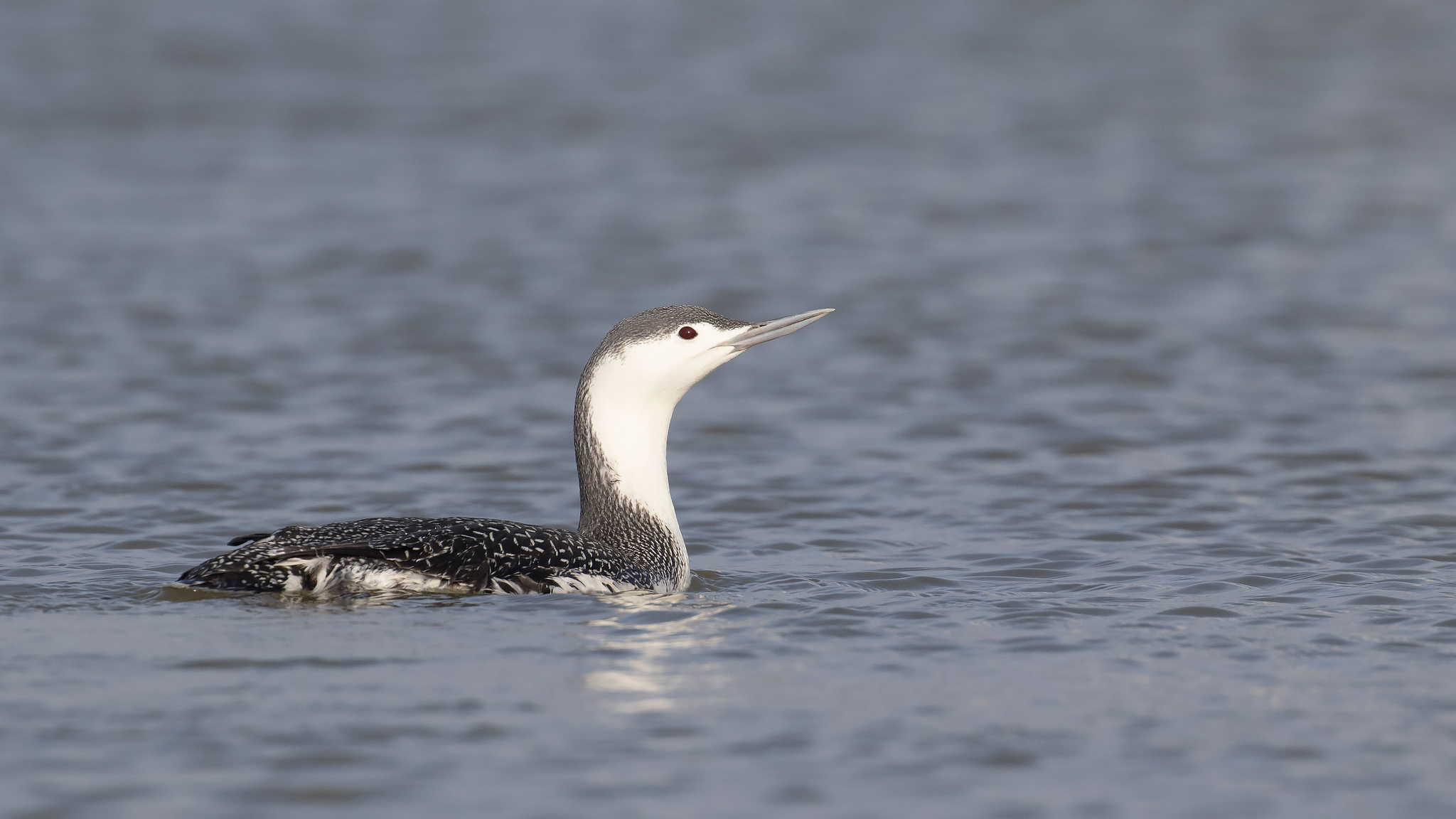
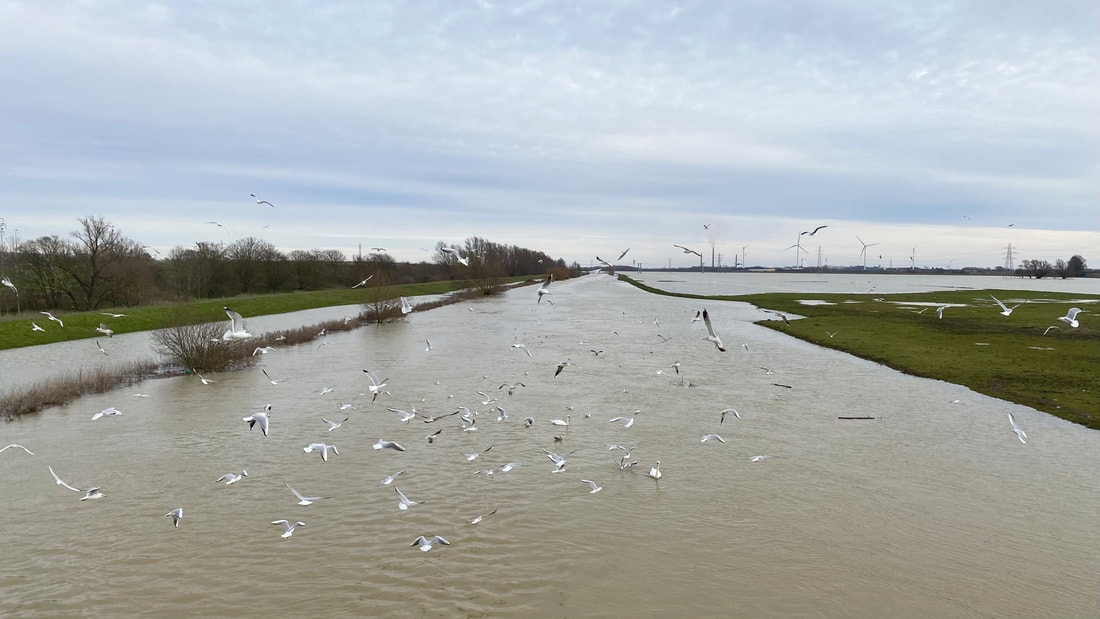
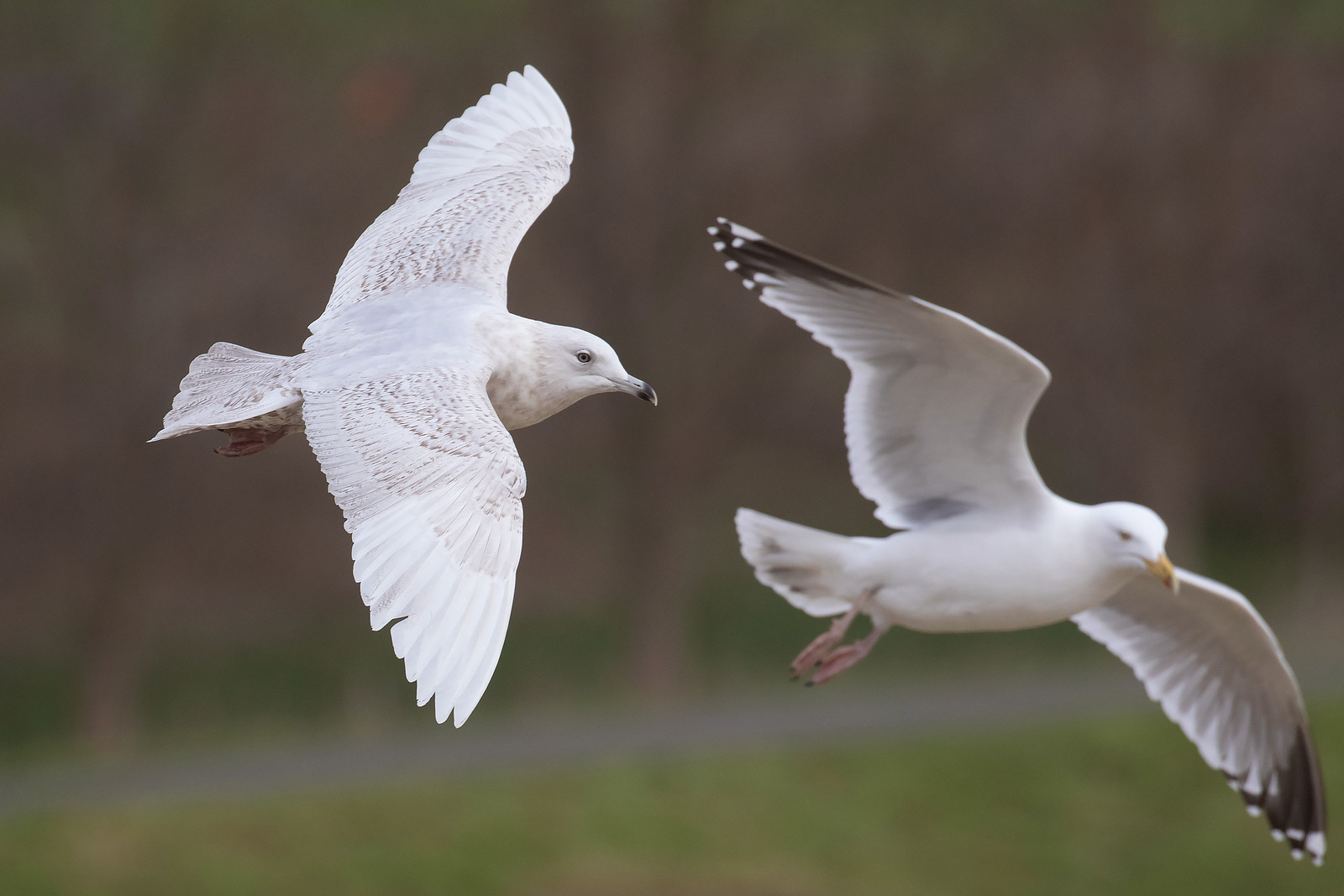
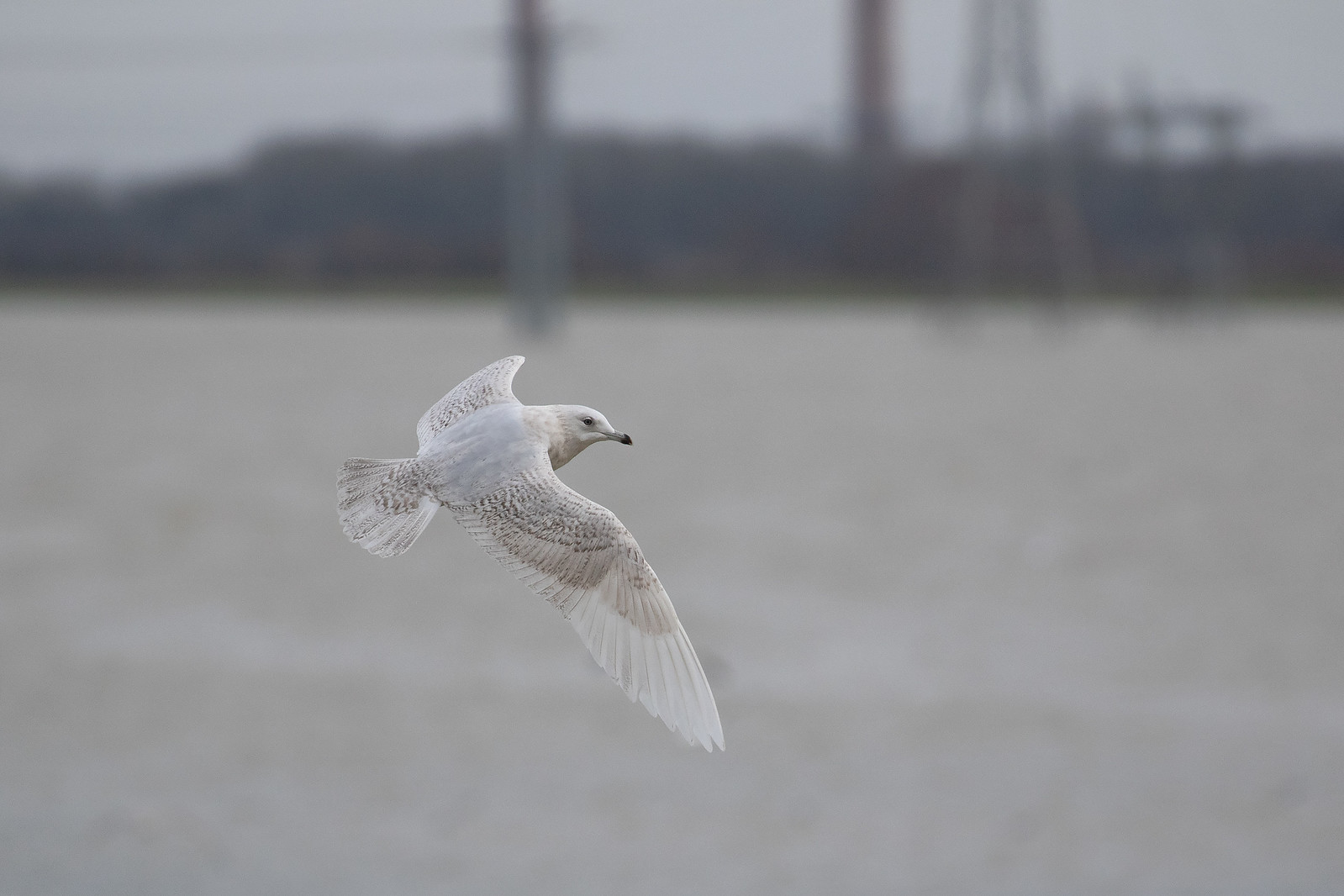
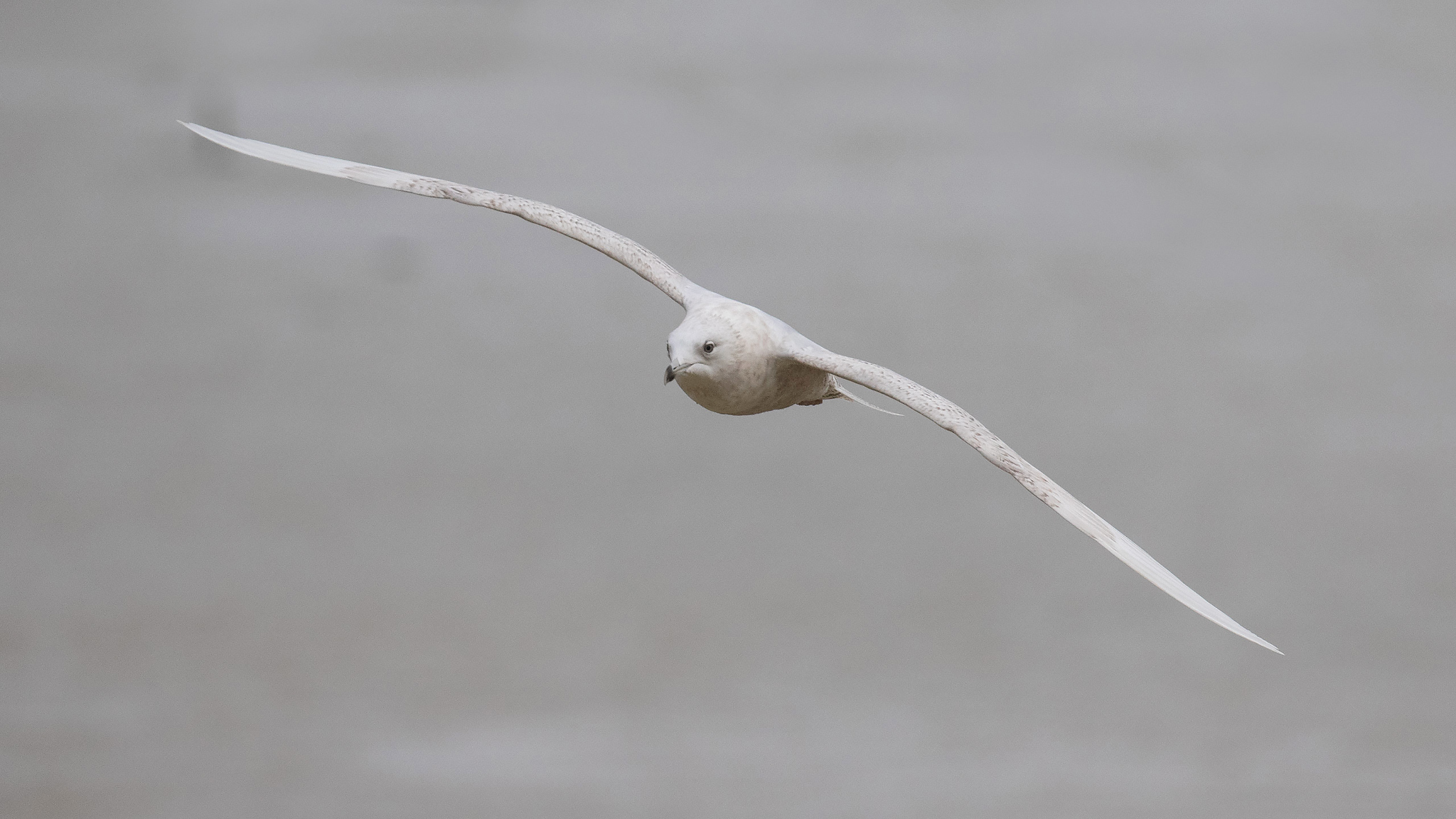
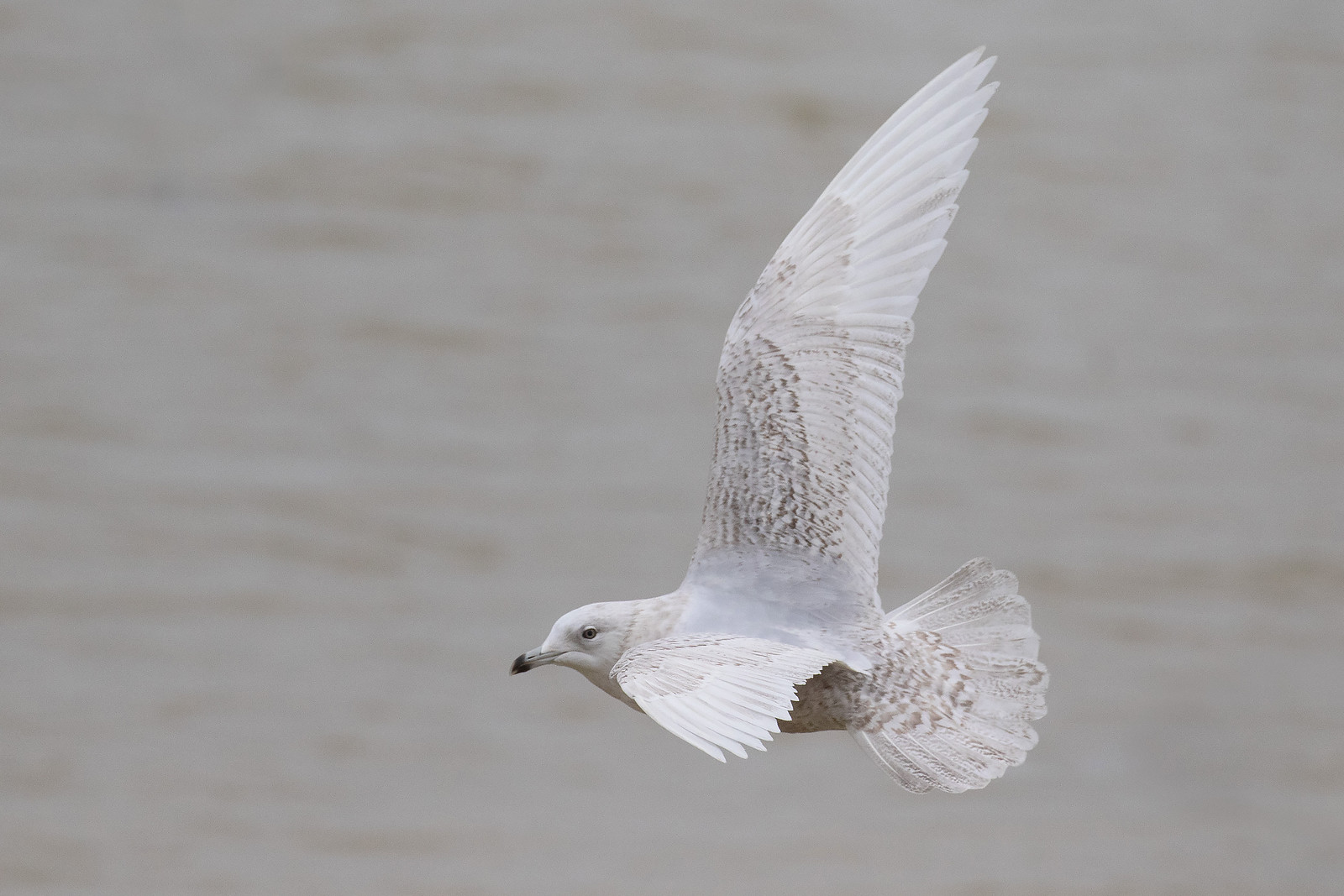
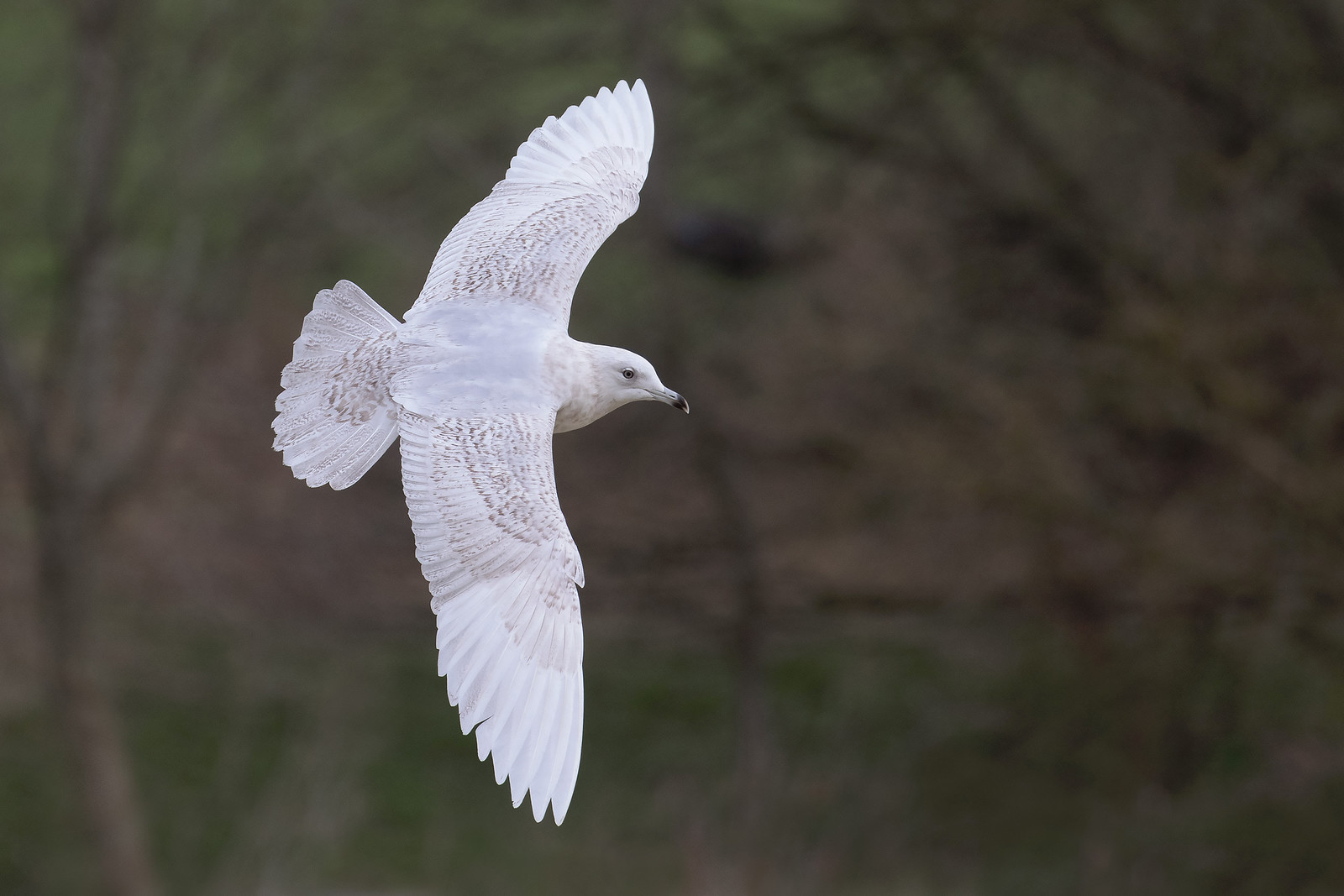
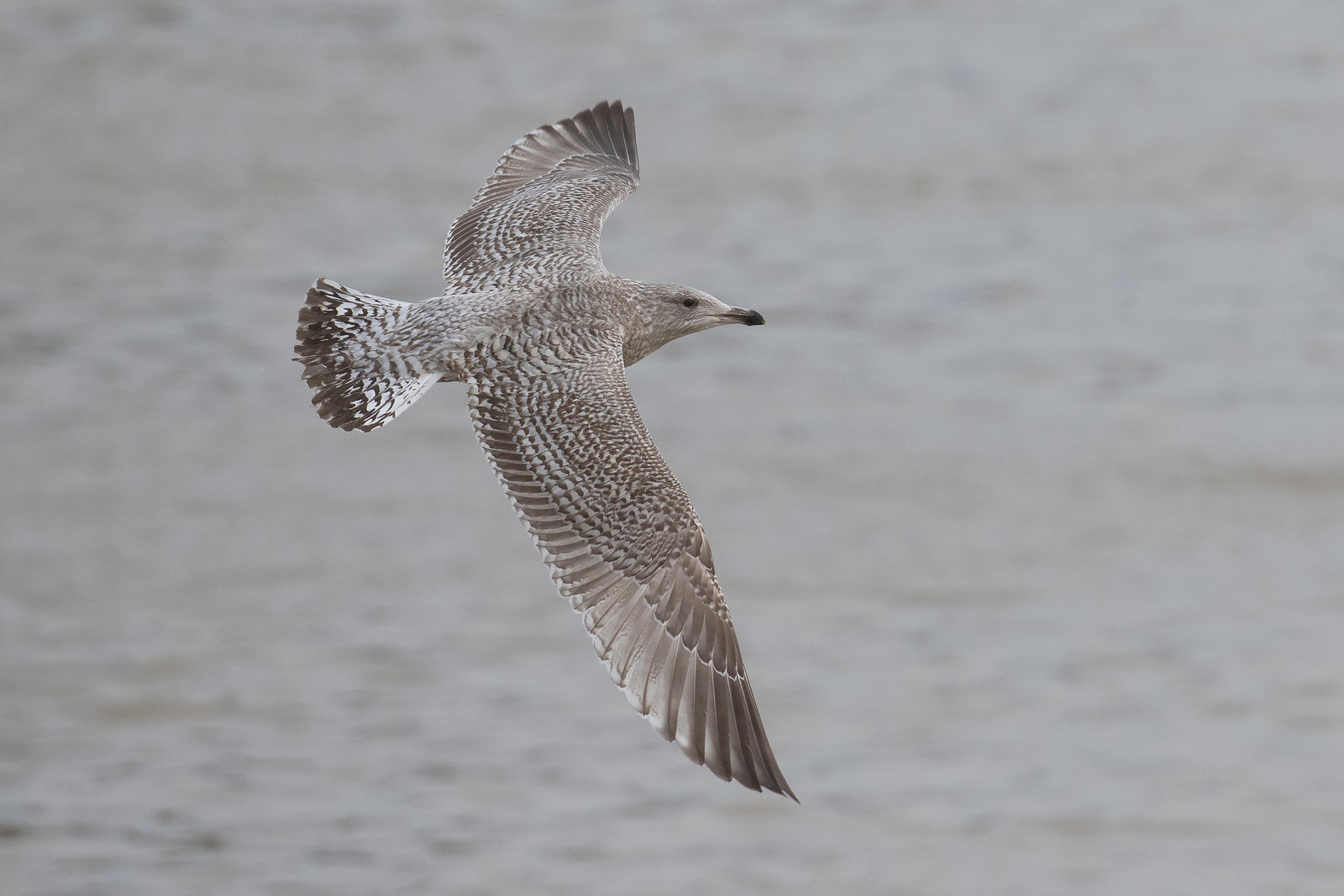
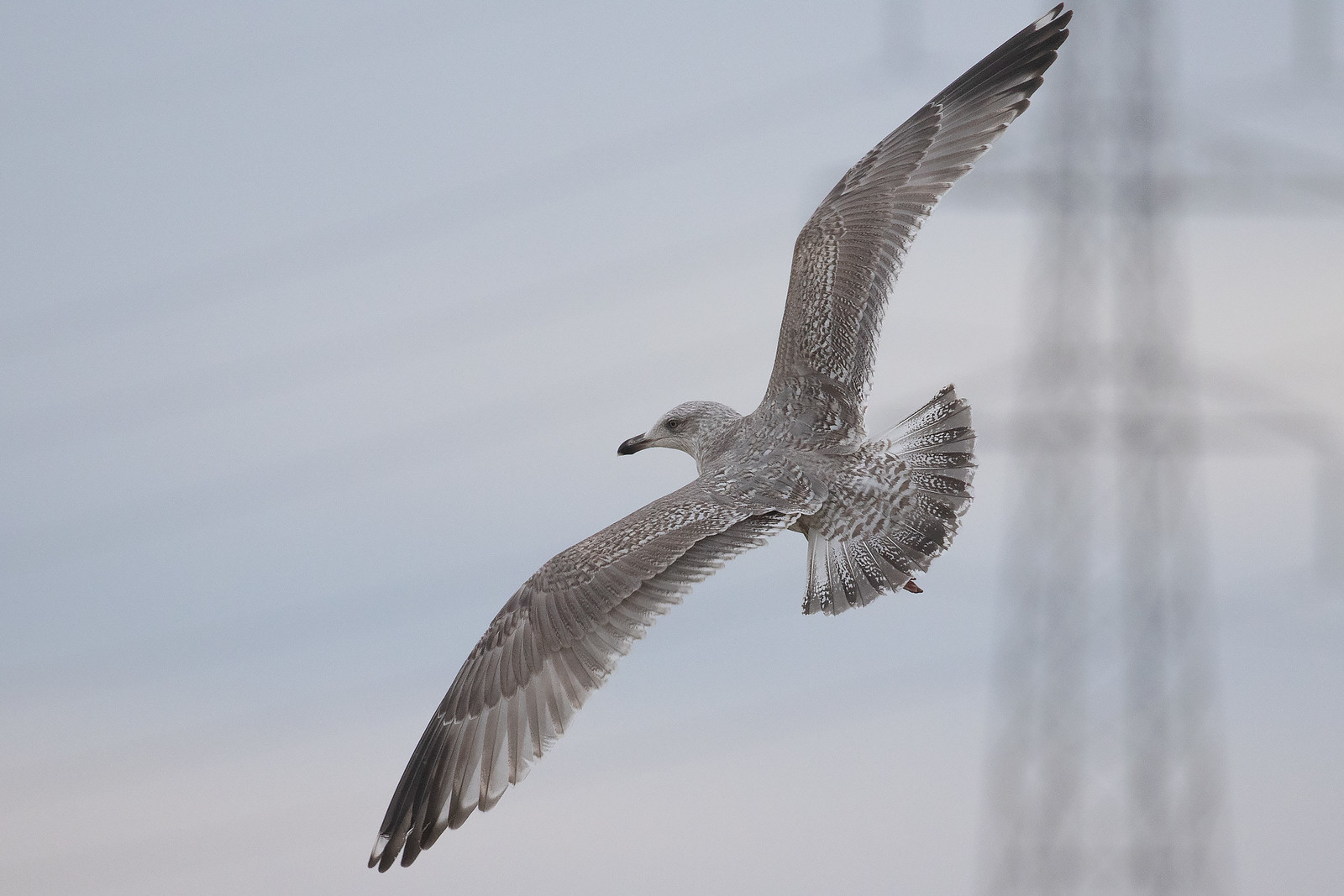
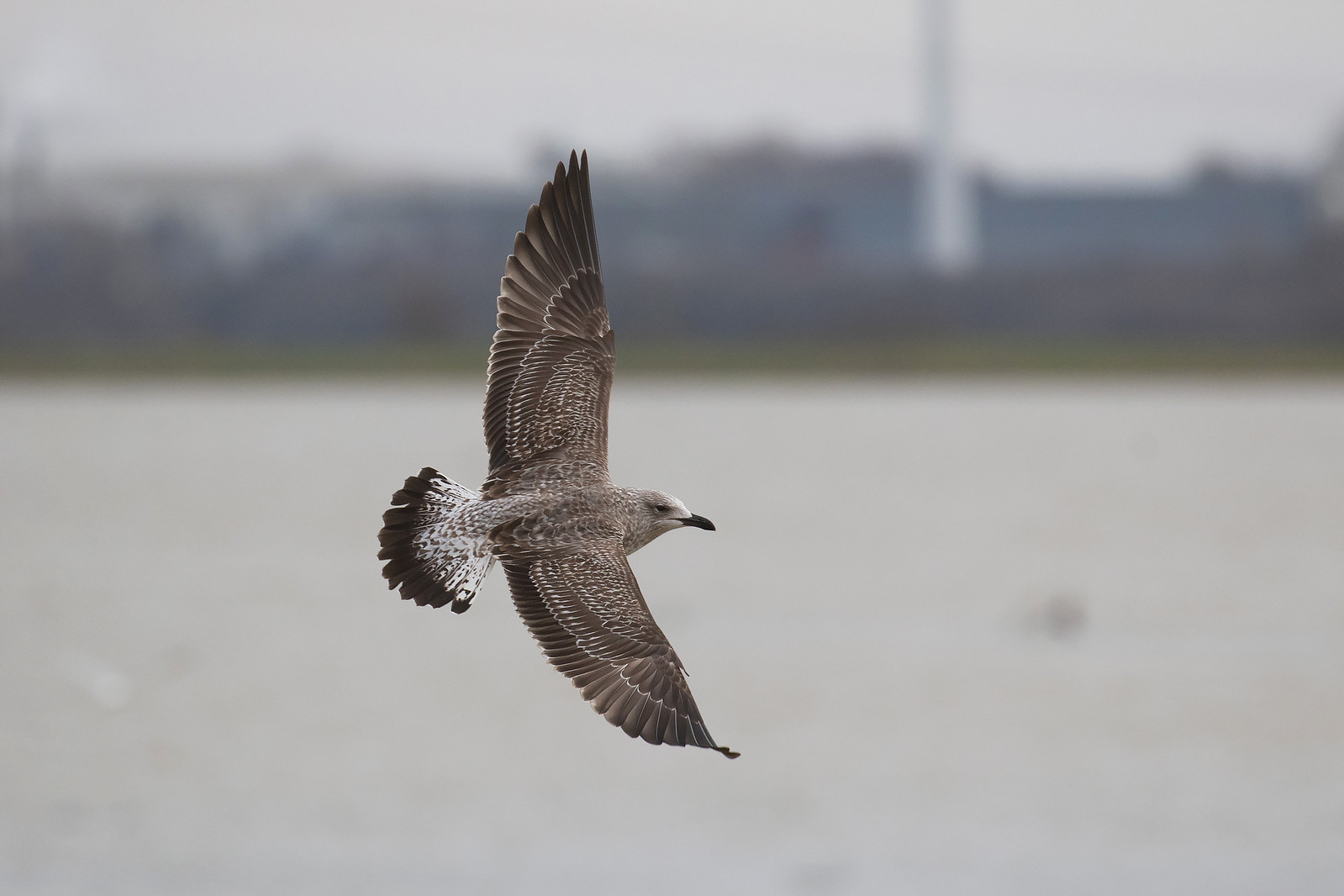
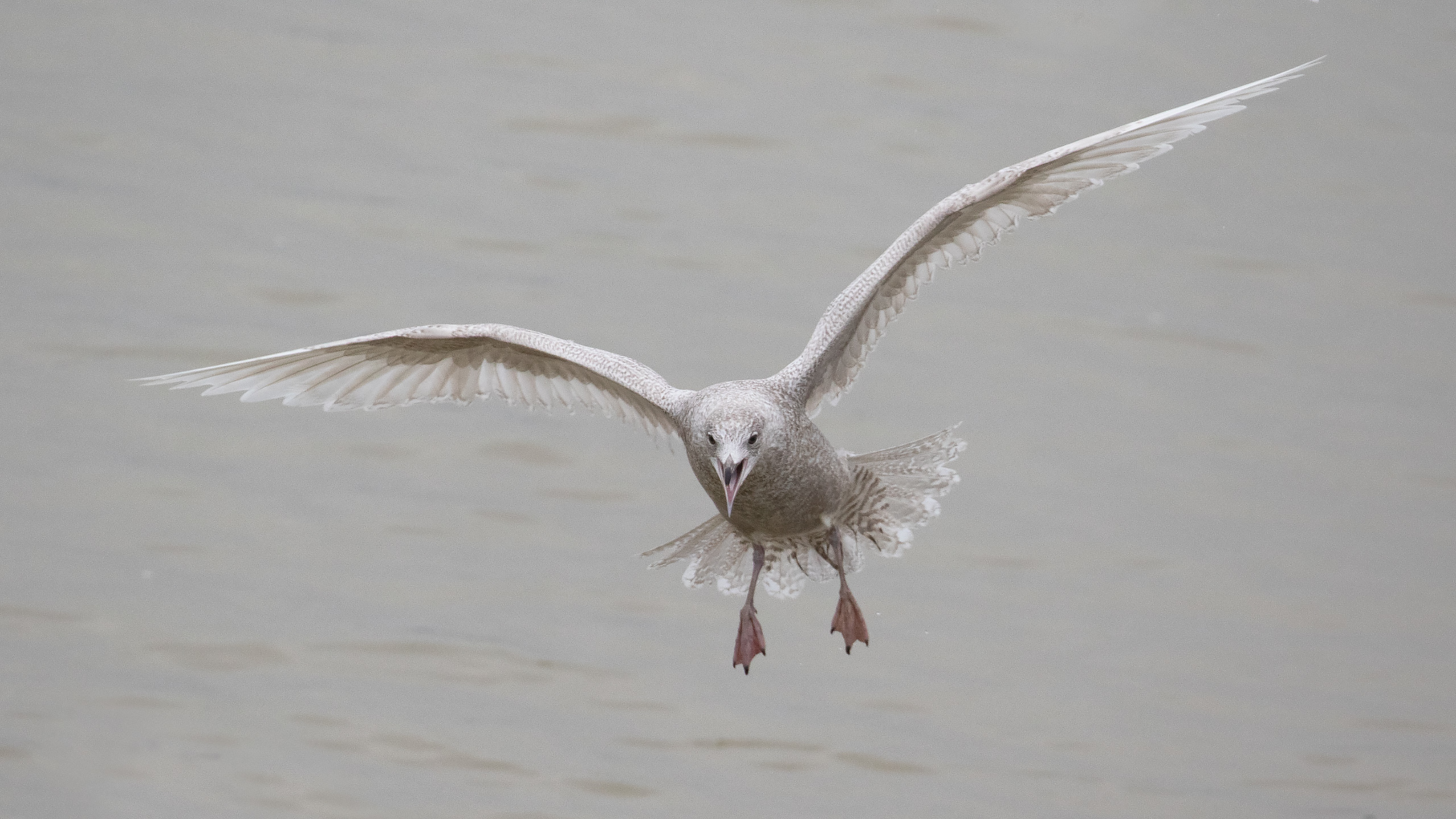
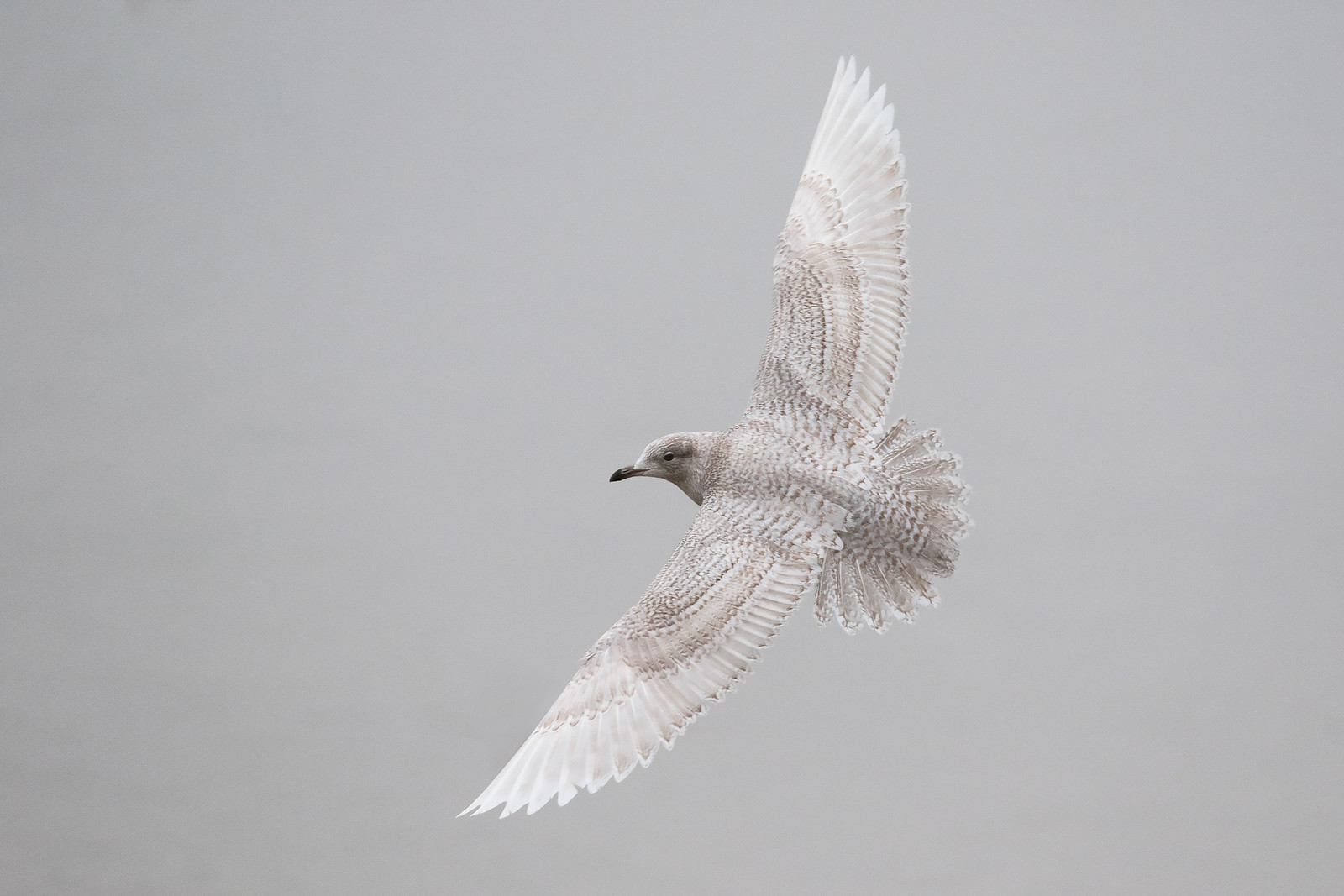
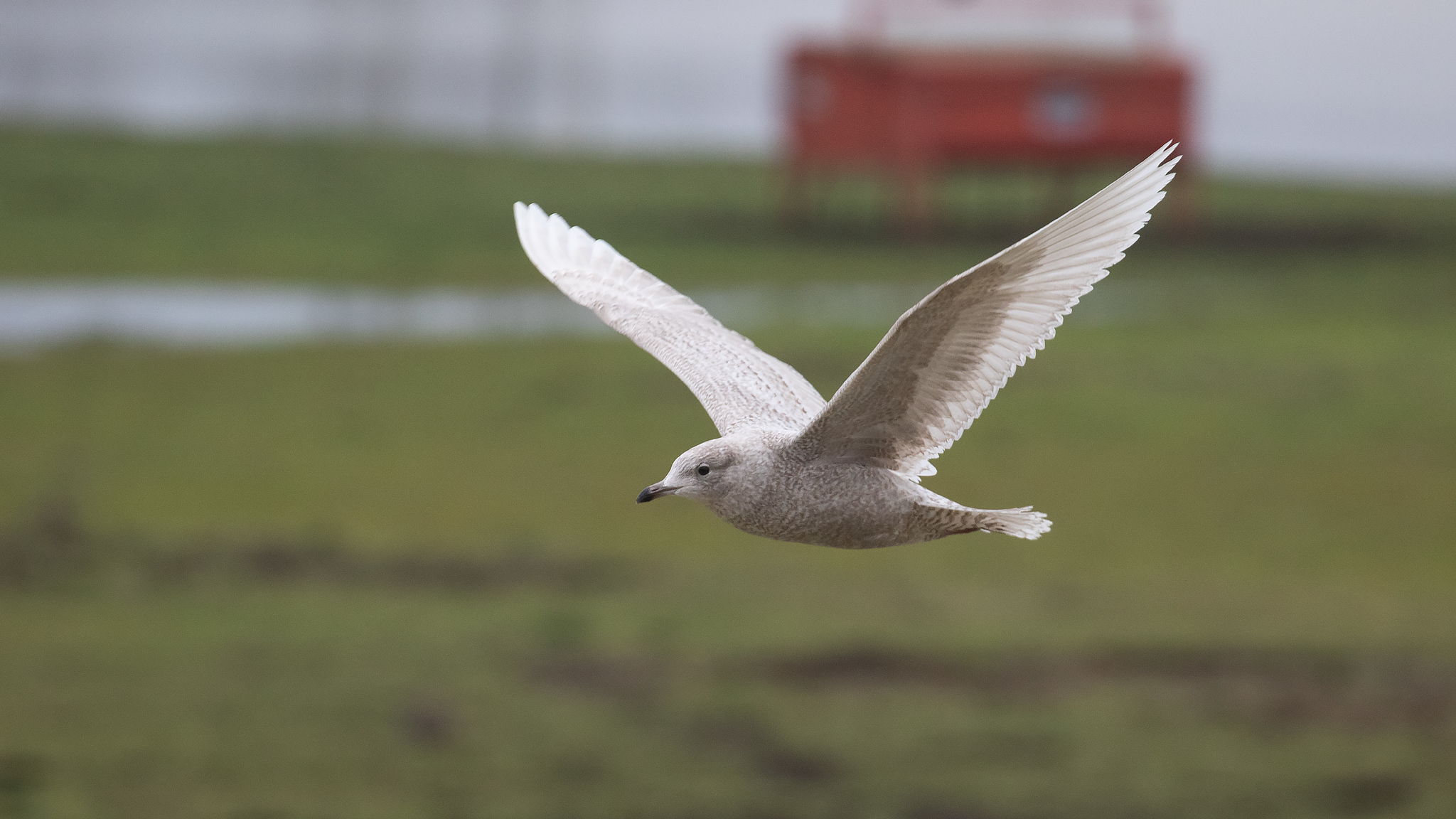
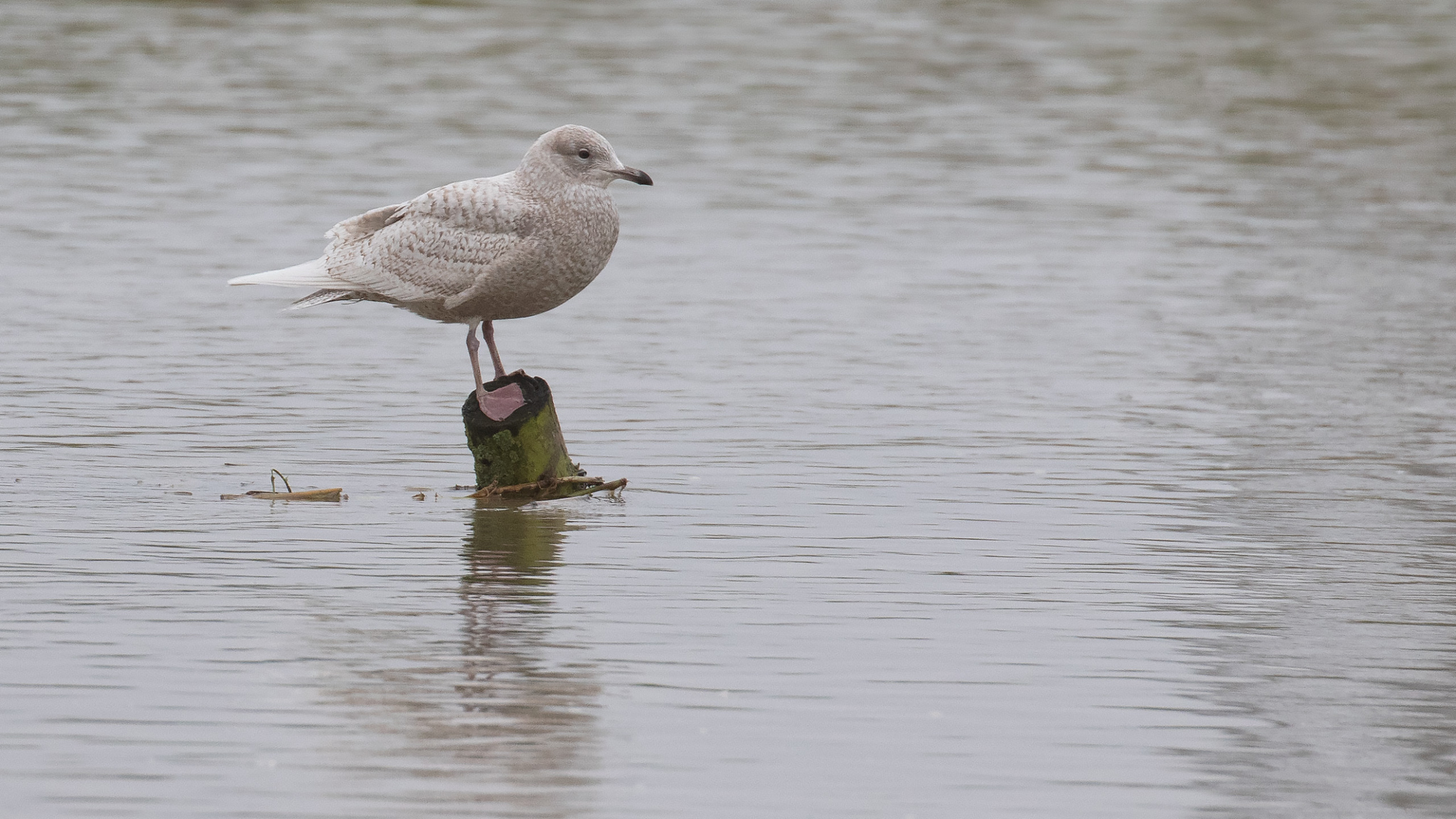
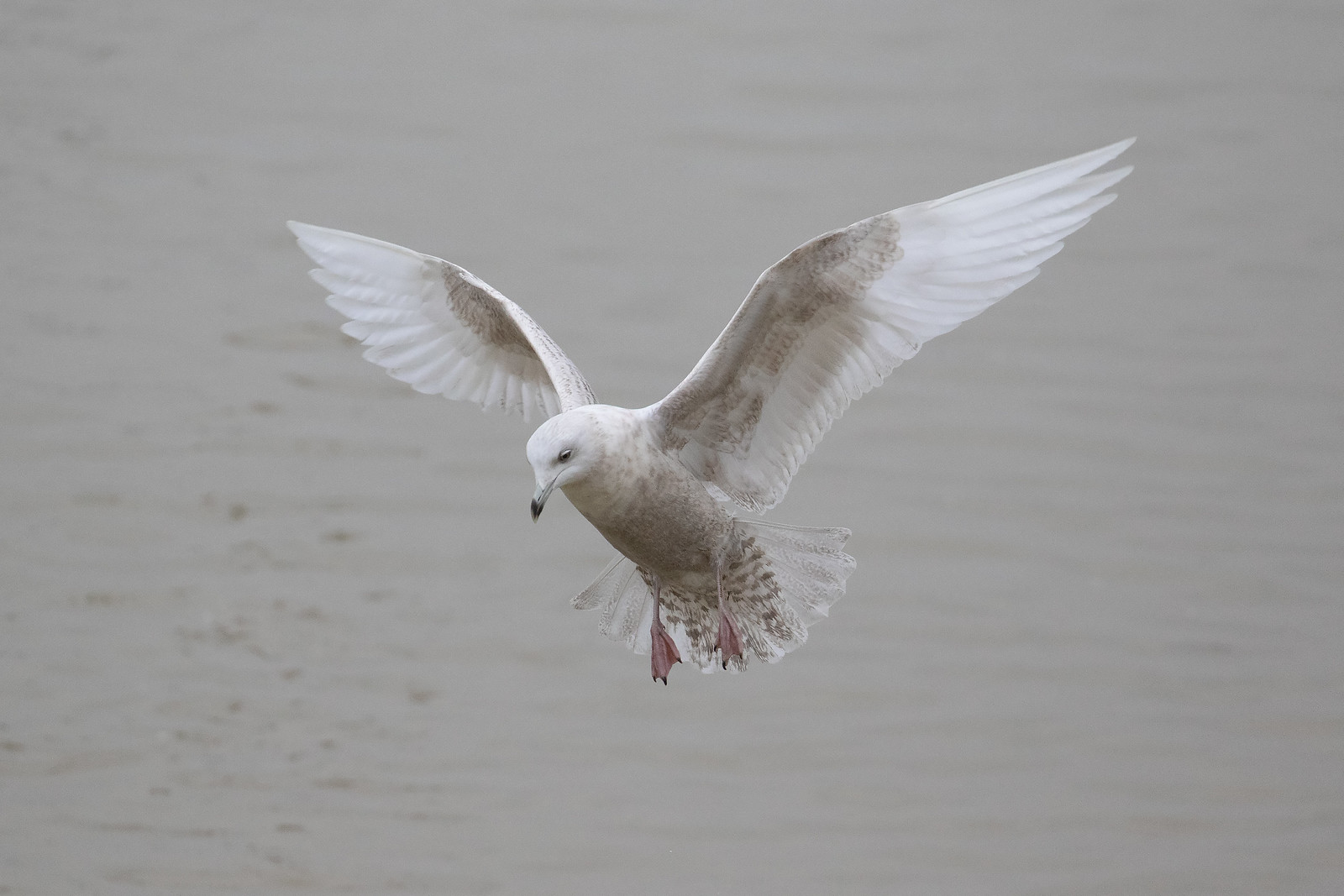
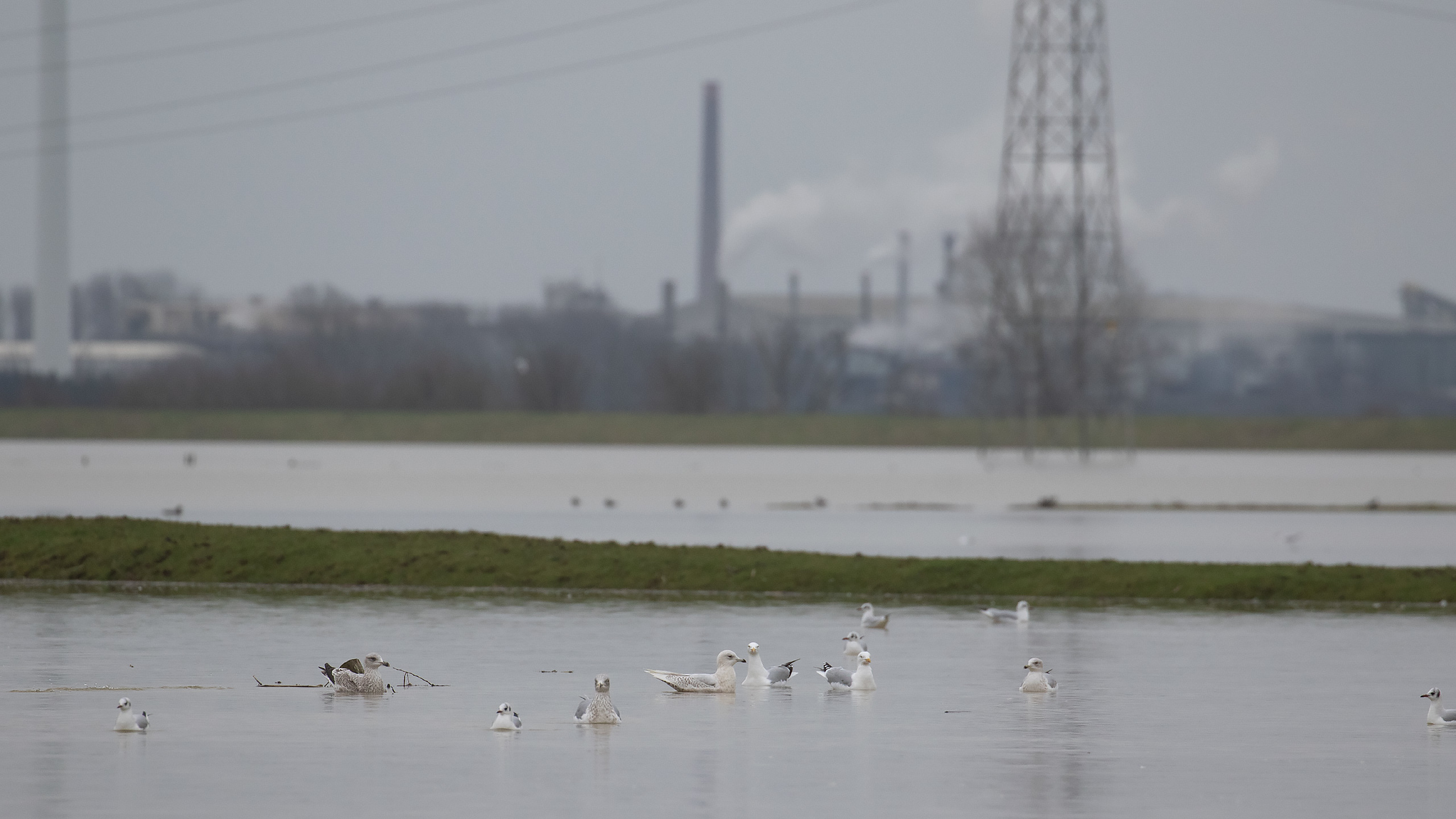
 RSS Feed
RSS Feed